Detailed Definition and Description of Ants
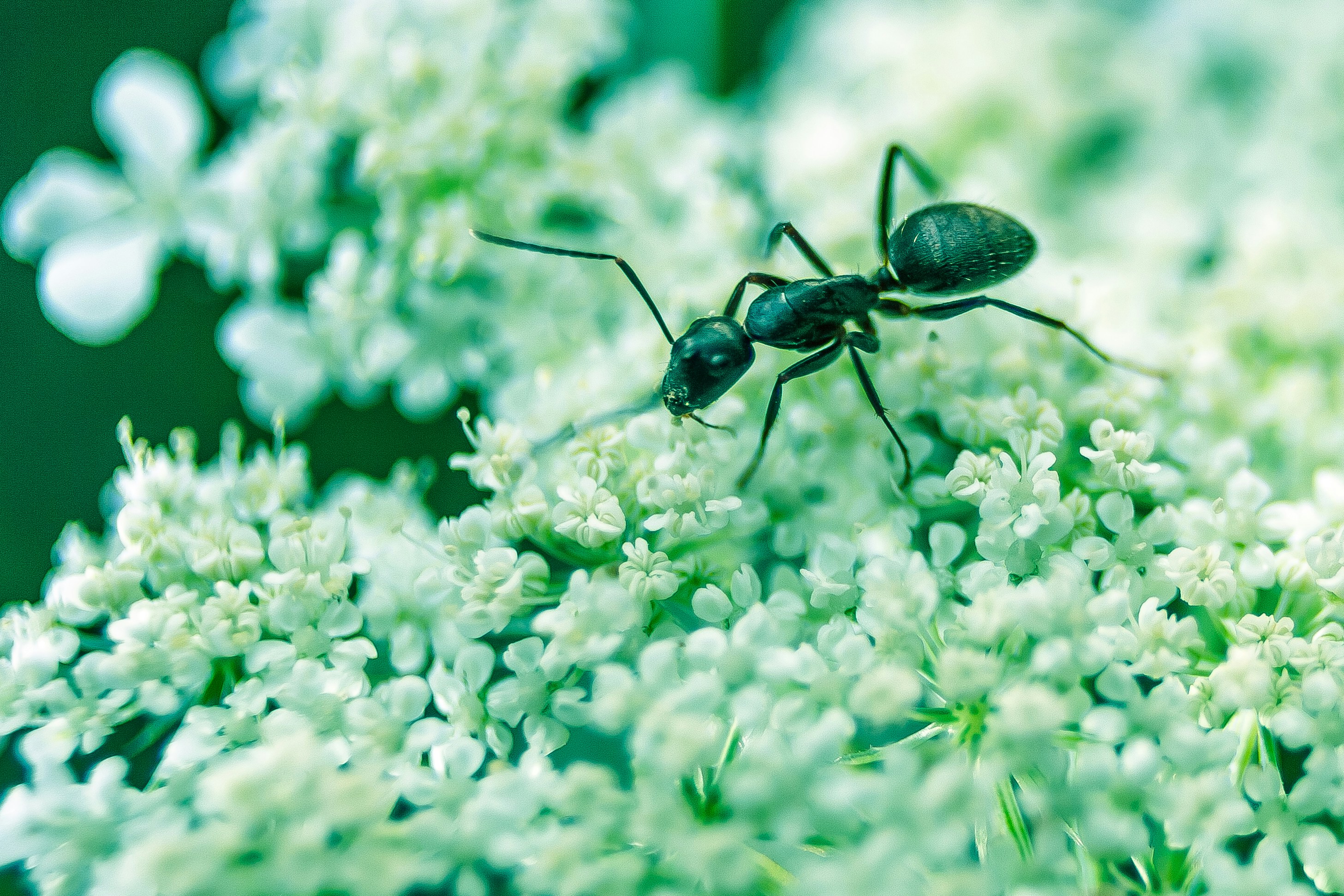
Ants are social insects belonging to the family Formicidae within the order Hymenoptera, which also includes bees and wasps. They are characterized by a distinctive node-like structure that forms their slender waists and elbowed antennae. Ants are found in virtually all terrestrial habitats, ranging from deserts to rainforests.
Ants live in colonies that can range from a few dozen individuals to millions, depending on the species. These colonies consist of three types of individuals: queens, males, and workers. The queen's primary role is to reproduce, while the males typically die shortly after mating. Workers, which are sterile females, are responsible for foraging, caring for the queen's offspring, and protecting the nest.
Ants communicate using chemicals called pheromones, which they use to leave trails, signal danger, or indicate a food source. Their ability to work together and efficiently exploit resources makes them one of the most successful groups of insects on the planet. Despite their small size, ants play crucial roles in ecosystems, such as aerating soil, decomposing organic material, and controlling pest populations.
1. Argentine Ant (Linepithema humile)

Description
Argentine Ants are small, about 2.2 to 2.8 millimeters long, and light to dark brown.
Habitat
Nest in moist environments, often near food and water sources.
Behavior
They are aggressive and can displace native ant species.
Treatment
Use bait treatments and eliminate moisture sources.
2. Red Imported Fire Ant (Solenopsis invicta)
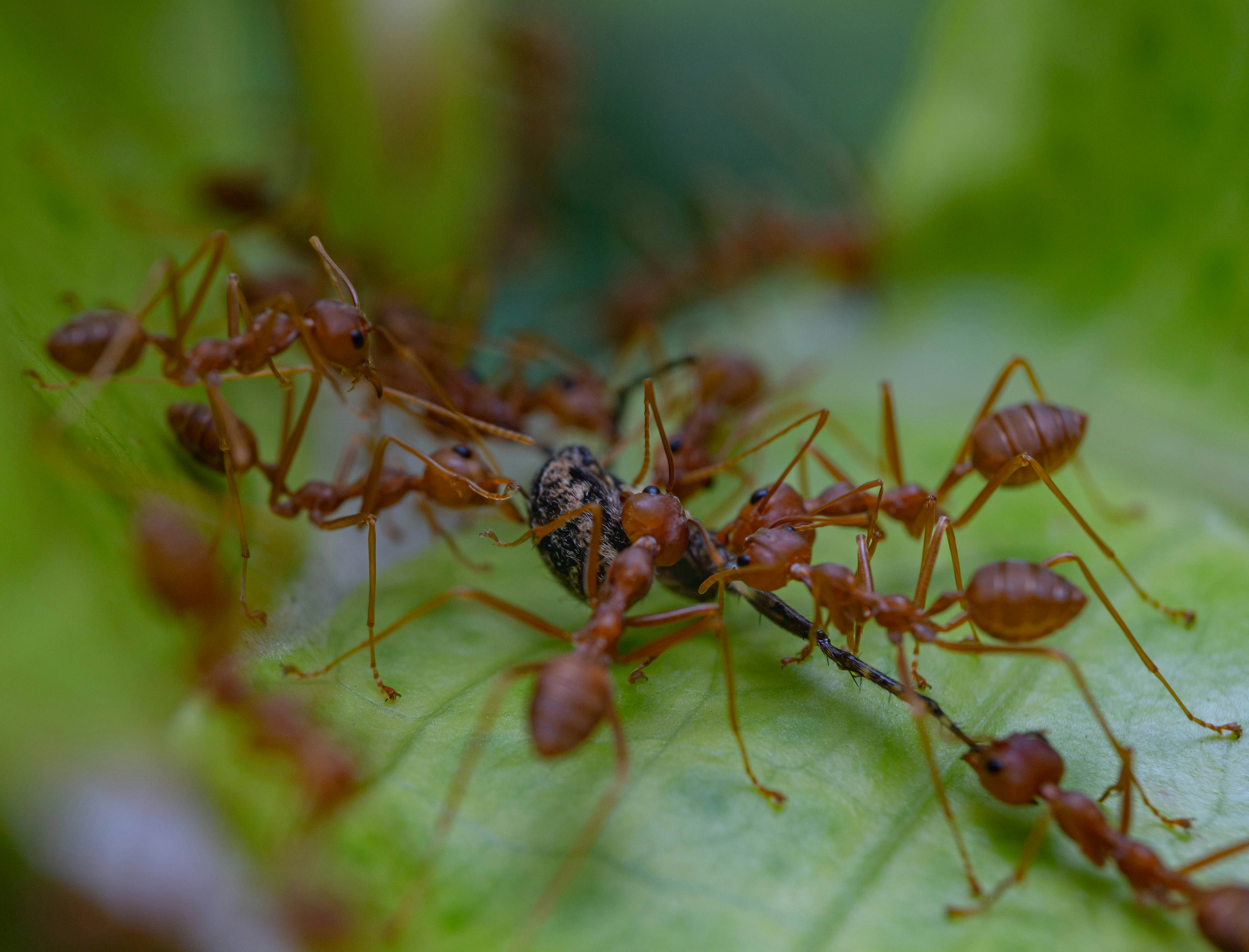
Description
Red Imported Fire Ants are reddish-brown and vary in size from 2 to 6 millimeters. They have a painful sting.
Habitat
Nest in soil, often creating large mounds.
Behavior
They are aggressive and will sting when disturbed.
Treatment
Use bait treatments and mound drenches. Repeat treatments as new mounds appear.
3. Tawny Crazy Ant (Nylanderia fulva)
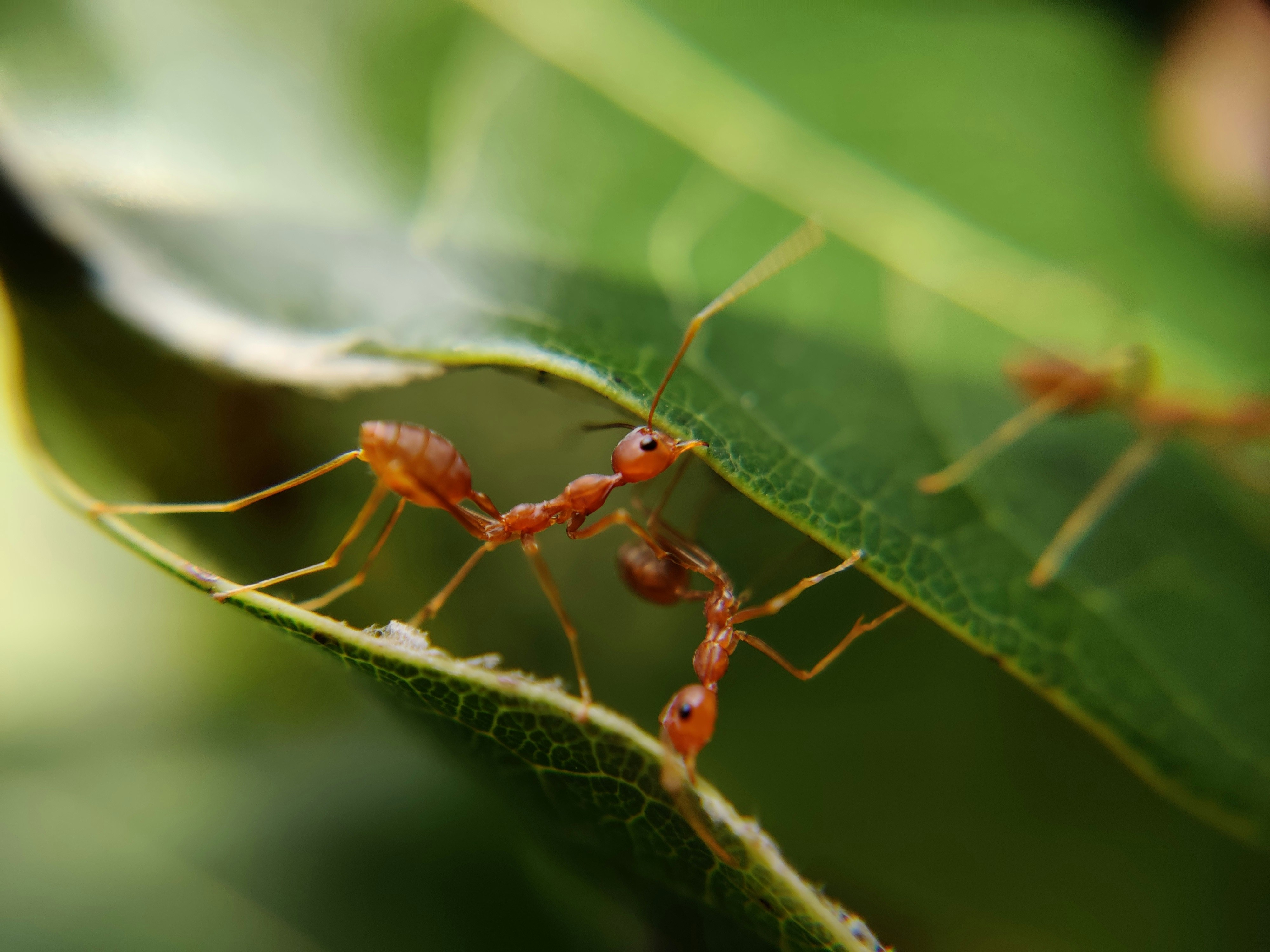
Description
Tawny Crazy Ants are about 3 millimeters long, reddish-brown, and move erratically.
Habitat
Nest in moist environments, under rocks, logs, and inside buildings.
Behavior
They form large colonies and can displace other ant species.
Treatment
Use bait treatments and eliminate moisture sources.
4. Carpenter Ant (Camponotus spp.)

Description
Carpenter Ants are large, ranging from 6 to 12 millimeters, and black or red and black.
Habitat
Nest in wood, causing structural damage to buildings.
Behavior
They are omnivorous and primarily forage at night.
Treatment
Use bait treatments and eliminate moisture sources. Repair damaged wood.
5. Odorous House Ant (Tapinoma sessile)
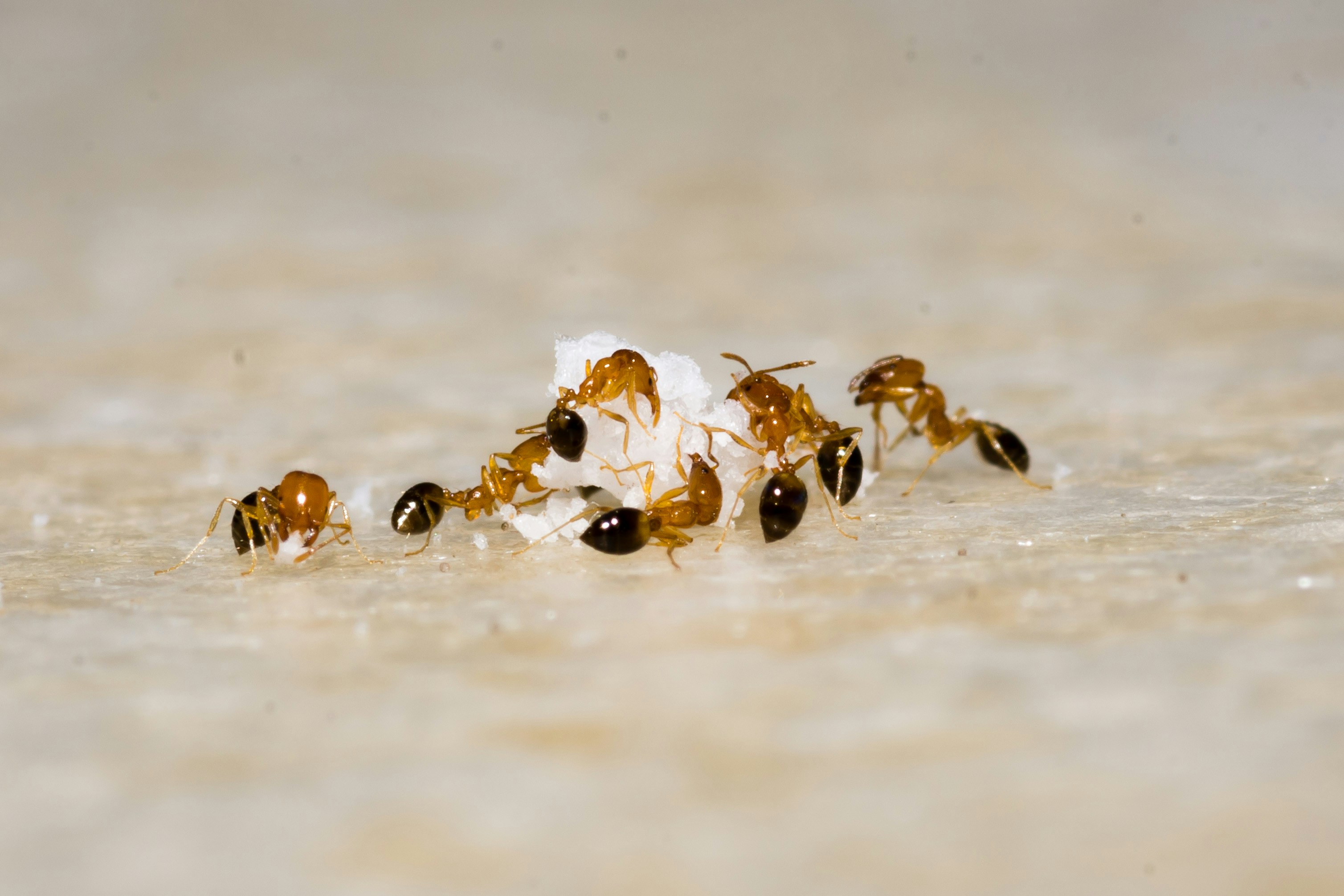
Description
Odorous House Ants are small, about 2.4 to 3.3 millimeters, and dark brown to black. They emit a coconut-like odor when crushed.
Habitat
Nest in soil, under debris, and inside buildings.
Behavior
They forage in long trails and are attracted to sweet foods.
Treatment
Use bait treatments and eliminate food and moisture sources.
6. Pavement Ant (Tetramorium caespitum)
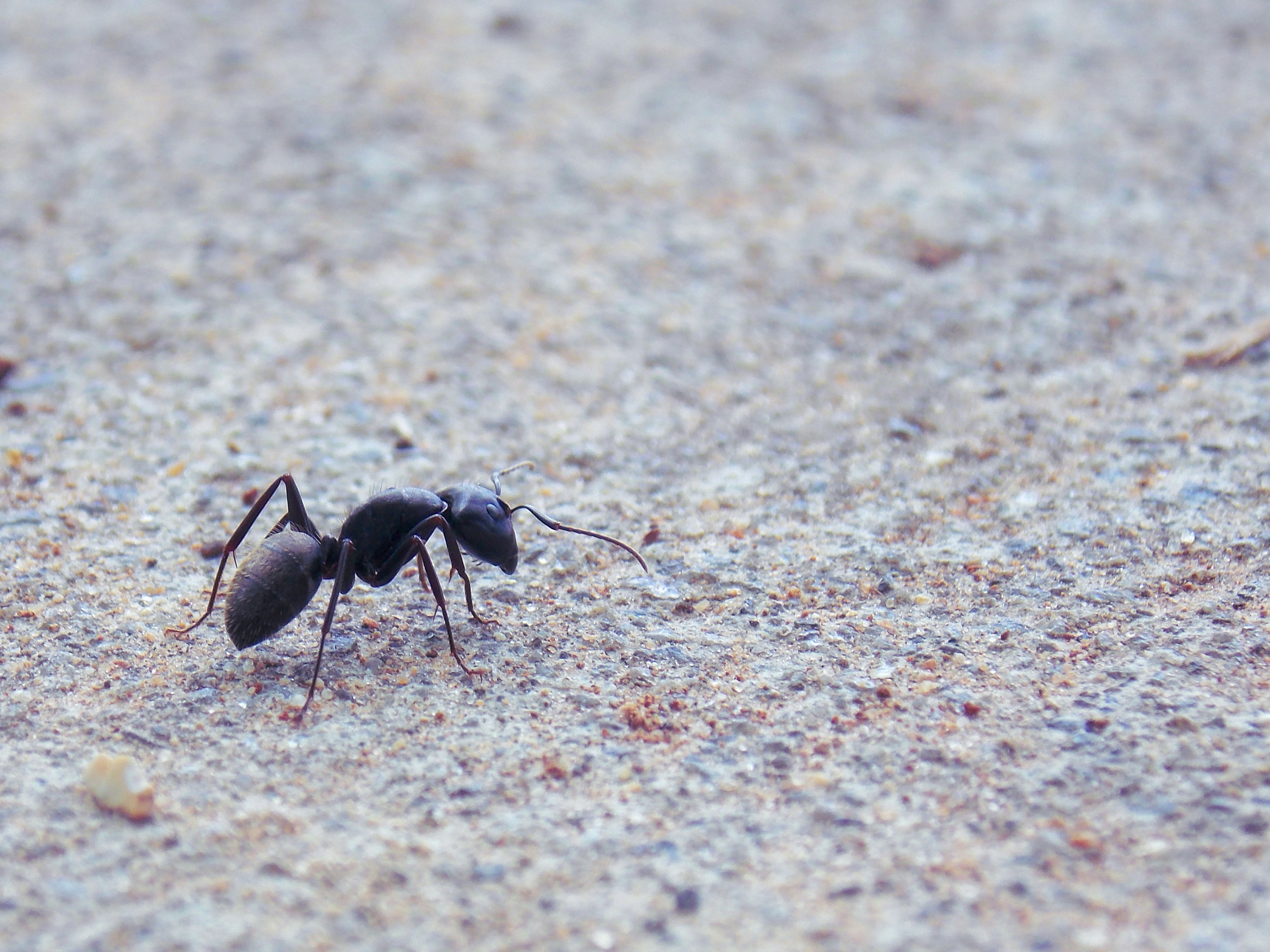
Description
Pavement Ants are small, about 2.5 to 4 millimeters long, and brown to black.
Habitat
Nest in soil, under pavement, rocks, and inside buildings.
Behavior
They are omnivorous and forage in well-defined trails.
Treatment
Use bait treatments and eliminate food and moisture sources.
7. Acrobat Ant (Crematogaster spp.)
Description
Acrobat Ants are small, about 2.5 to 3 millimeters long, and light brown to black. They have a heart-shaped abdomen.
Habitat
Nest in soil, under rocks, logs, and inside buildings.
Behavior
They are omnivorous and can raise their abdomen when disturbed.
Treatment
Use bait treatments and eliminate food and moisture sources.
8. Pharaoh Ant (Monomorium pharaonis)
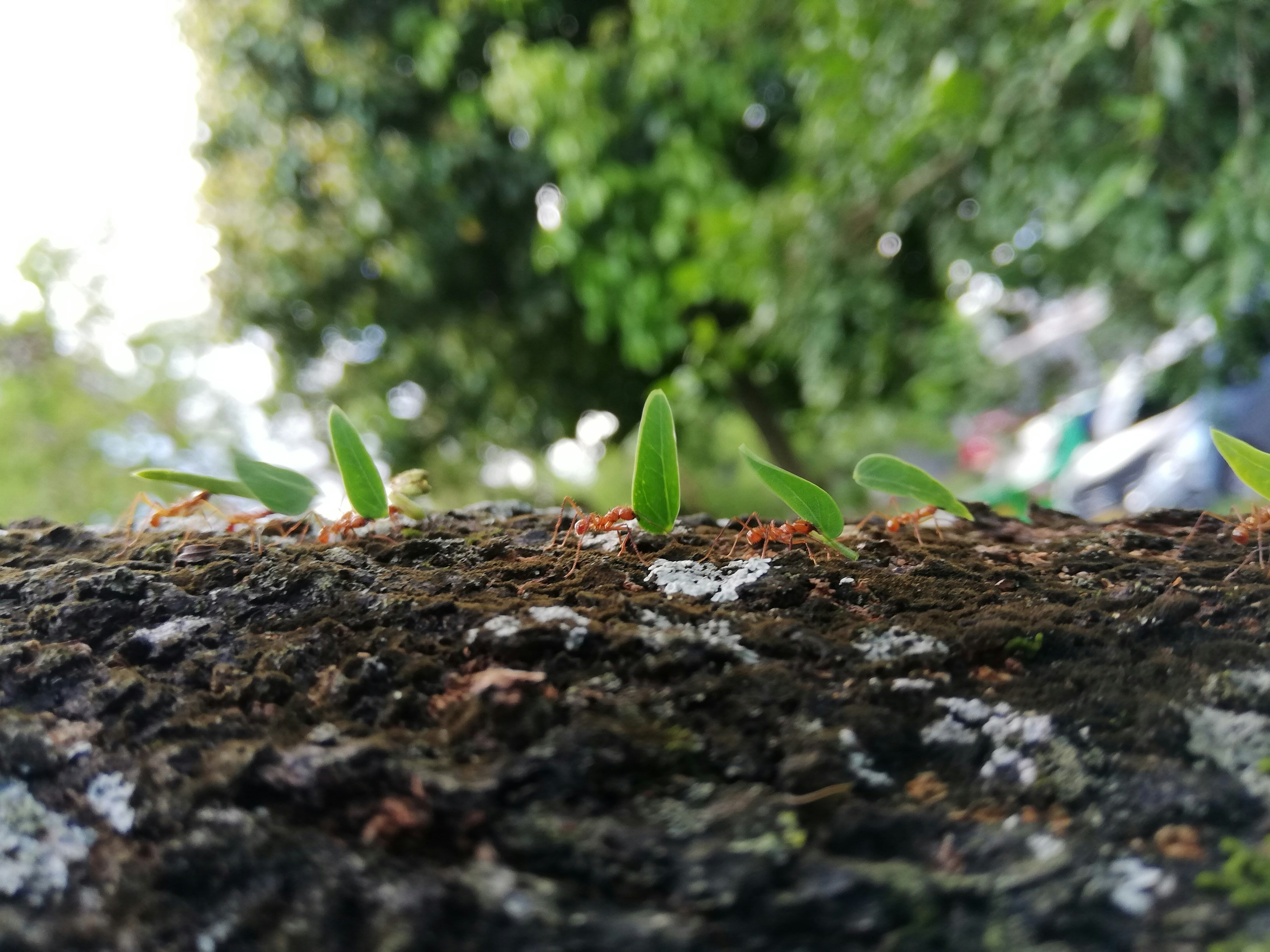
Description
Pharaoh Ants are tiny, about 1.5 to 2 millimeters, and yellowish to reddish-brown.
Habitat
Nest indoors in warm, humid areas near food and water sources.
Behavior
They are omnivorous and can establish large colonies with multiple queens.
Treatment
Use bait treatments and eliminate food and moisture sources. Control requires patience.
9. Formica Ant (Formica spp.)
Description
Formica Ants vary in size and color, often red, black, or brown, with a distinctive waist and strong mandibles.
Habitat
Nest in soil, under rocks, and in wood.
Behavior
They are aggressive defenders of their territory.
Treatment
Use bait treatments and eliminate food and moisture sources.
10. Harvester Ant (Pogonomyrmex spp.)

Description
Harvester Ants are large, about 5 to 7 millimeters long, and red or black. They have strong mandibles for cutting and grinding seeds.
Habitat
Nest in open areas with sandy soil, forming large mounds.
Behavior
They are aggressive defenders of their nests and forage for seeds.
Treatment
Use bait treatments and eliminate food and moisture sources.